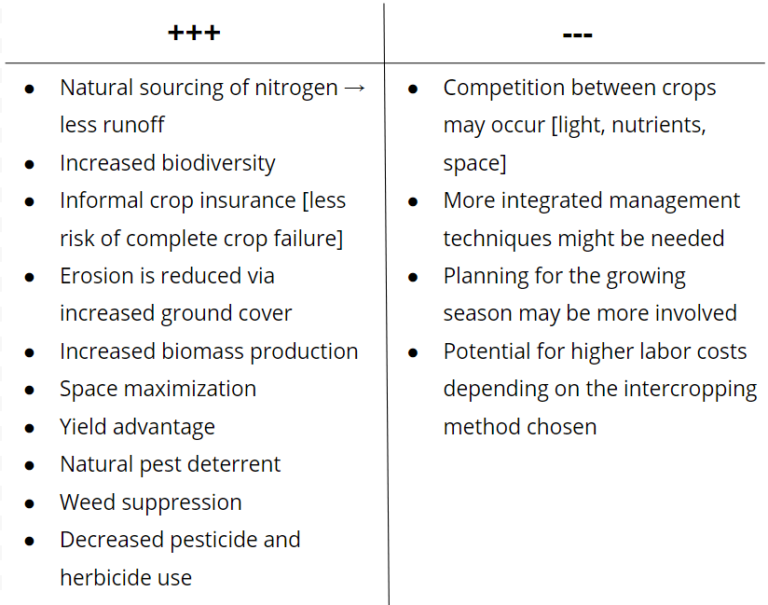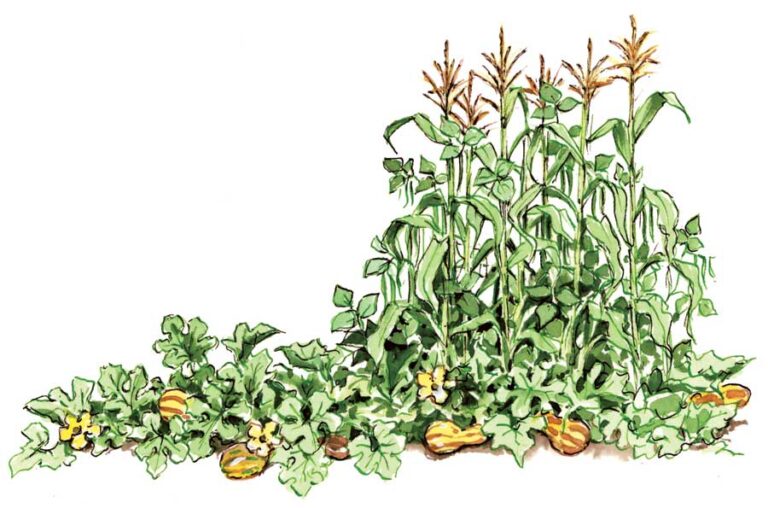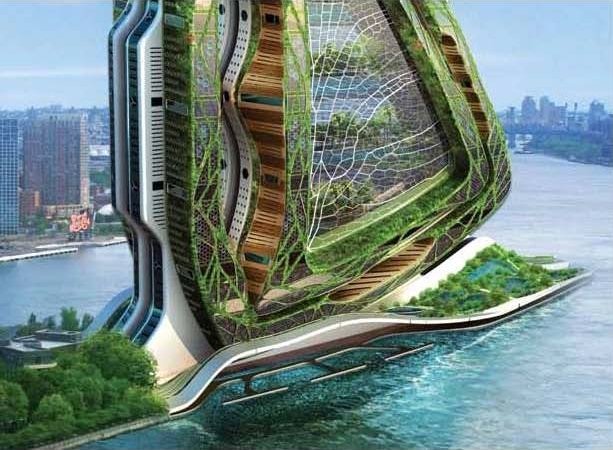intercropping in organic agricultural systems
Genuine organic agriculture is rooted in four main principles: ecology: both ecological systems and cycles should be supported health: the well-being of both flora and fauna should be sustained fairness: providing common and just environment and life opportunities care: the management of natural resources that is both precautionary and responsible for the benefit of current and future generations, as…



